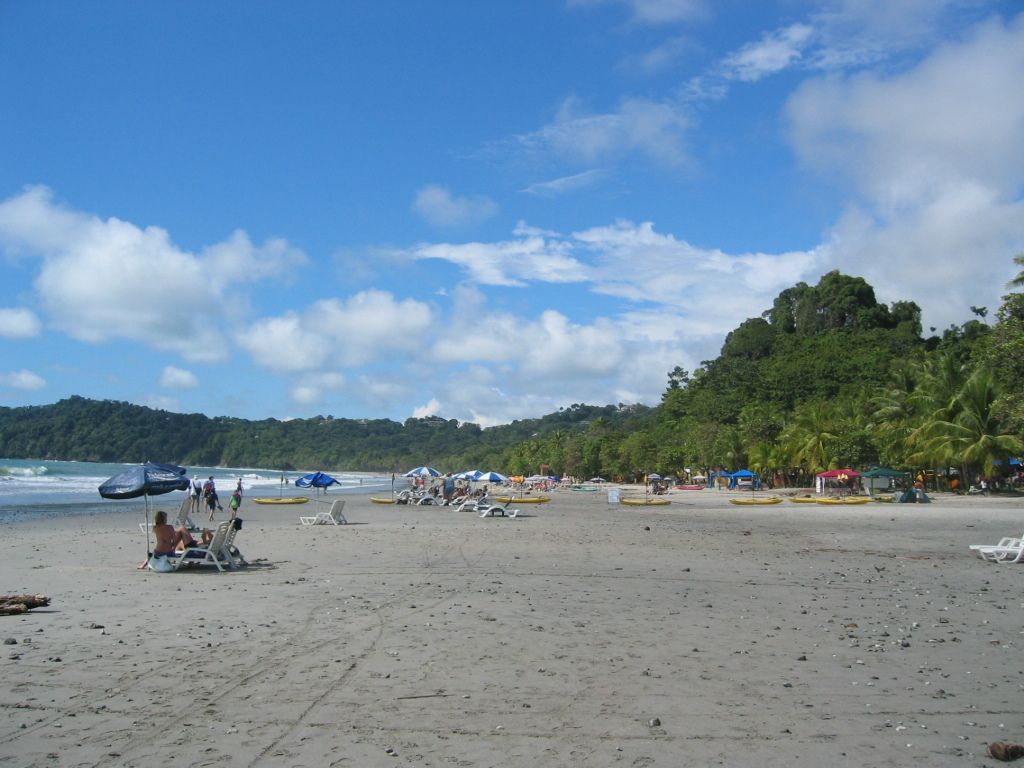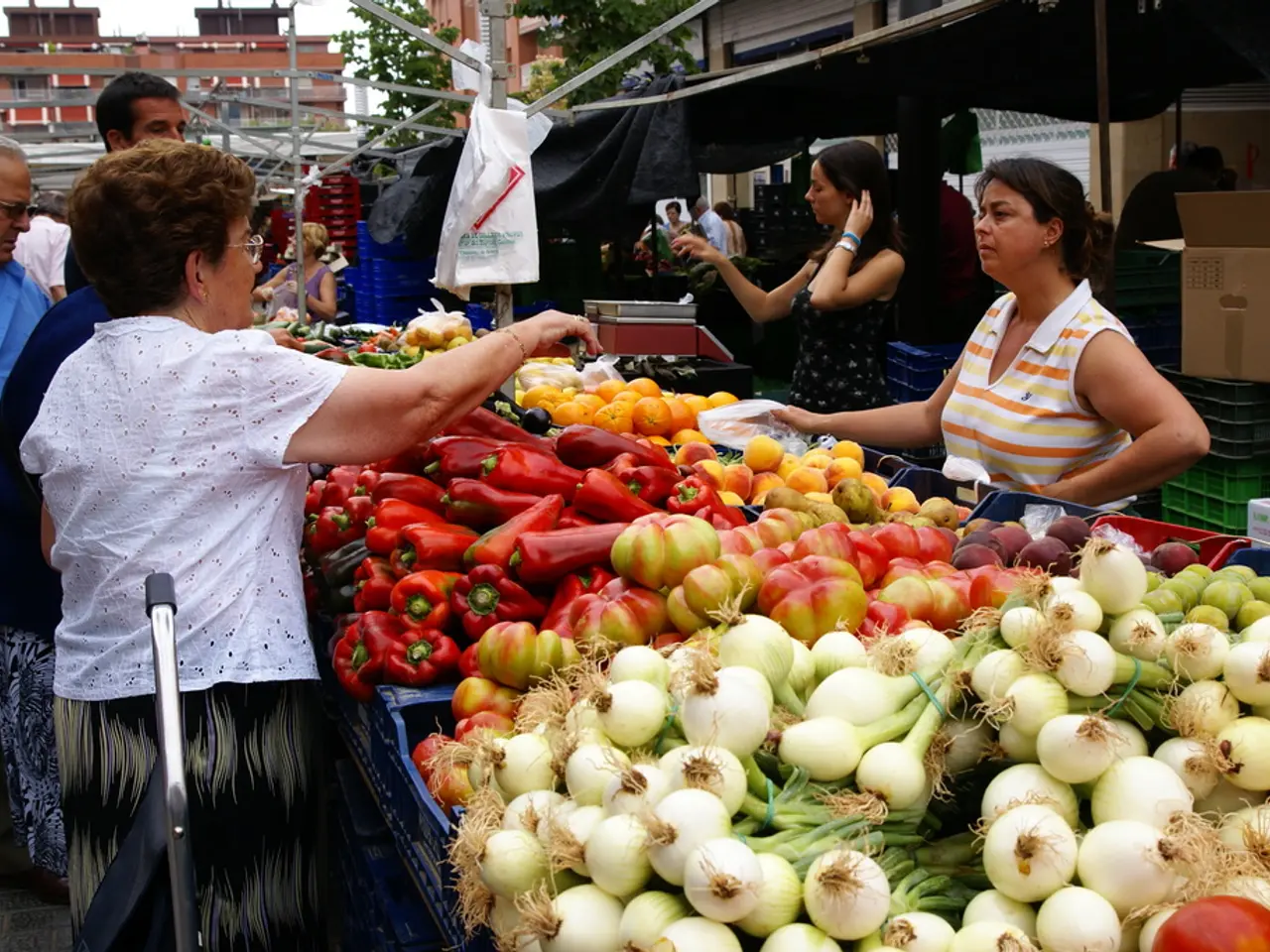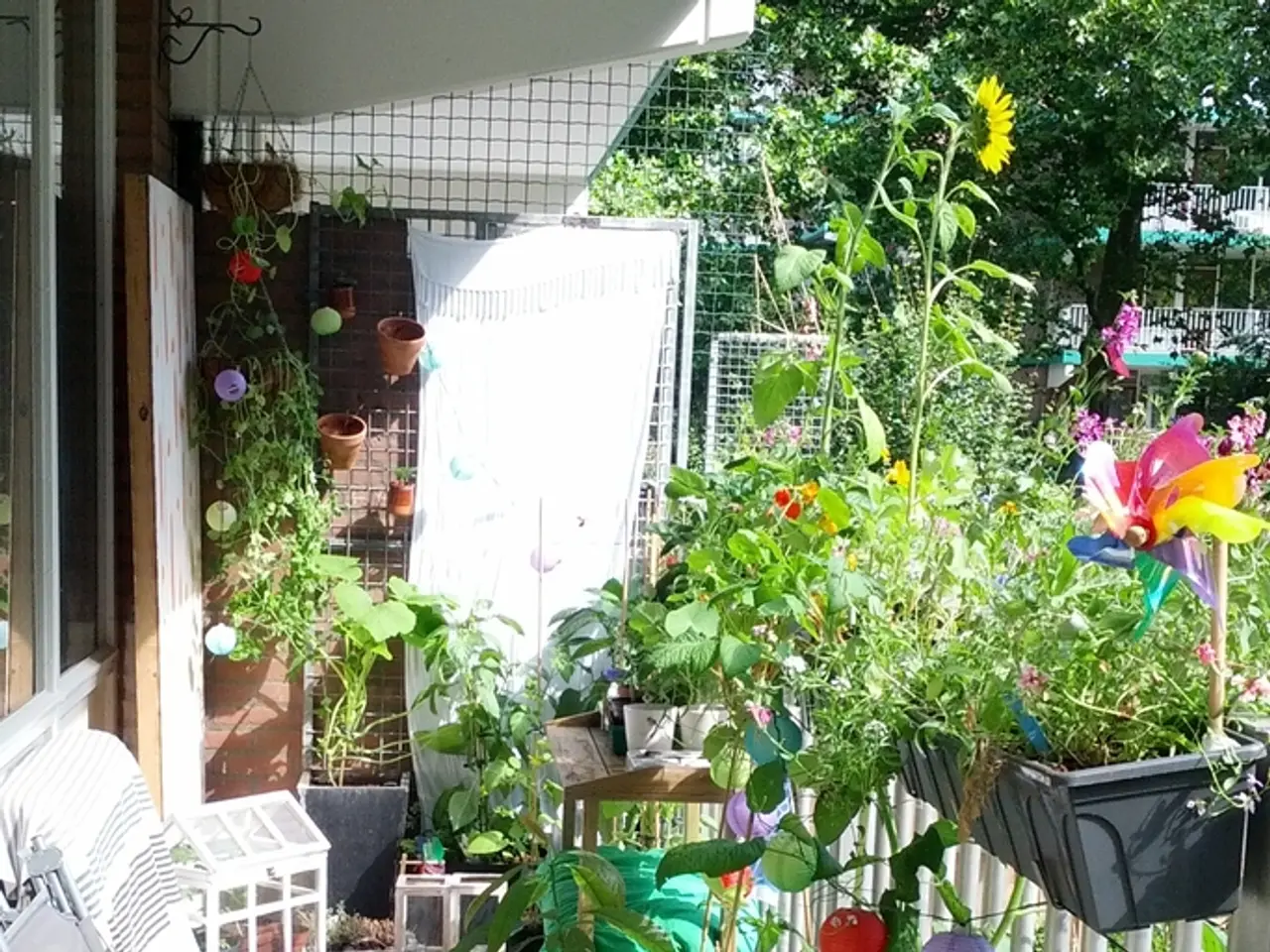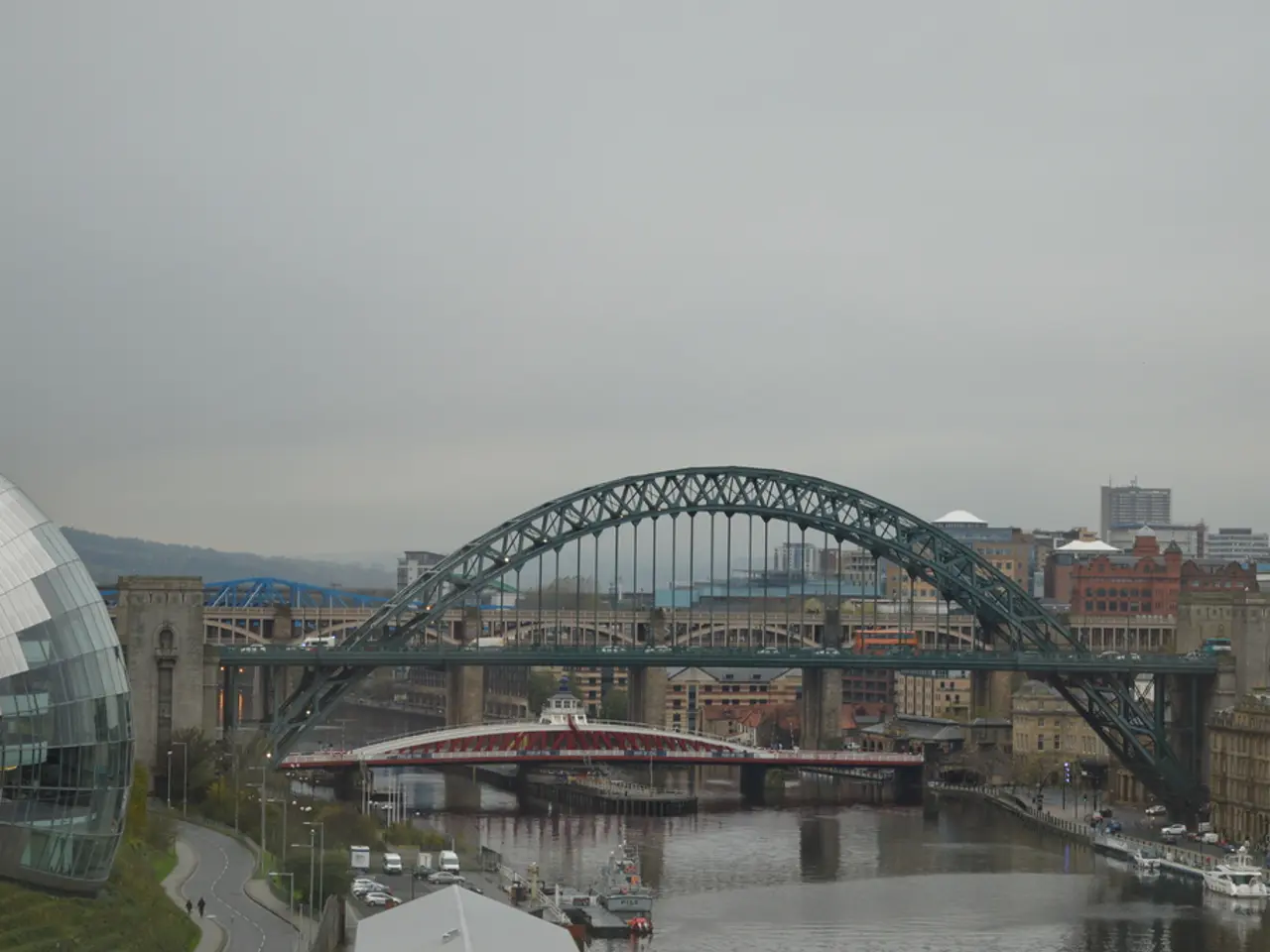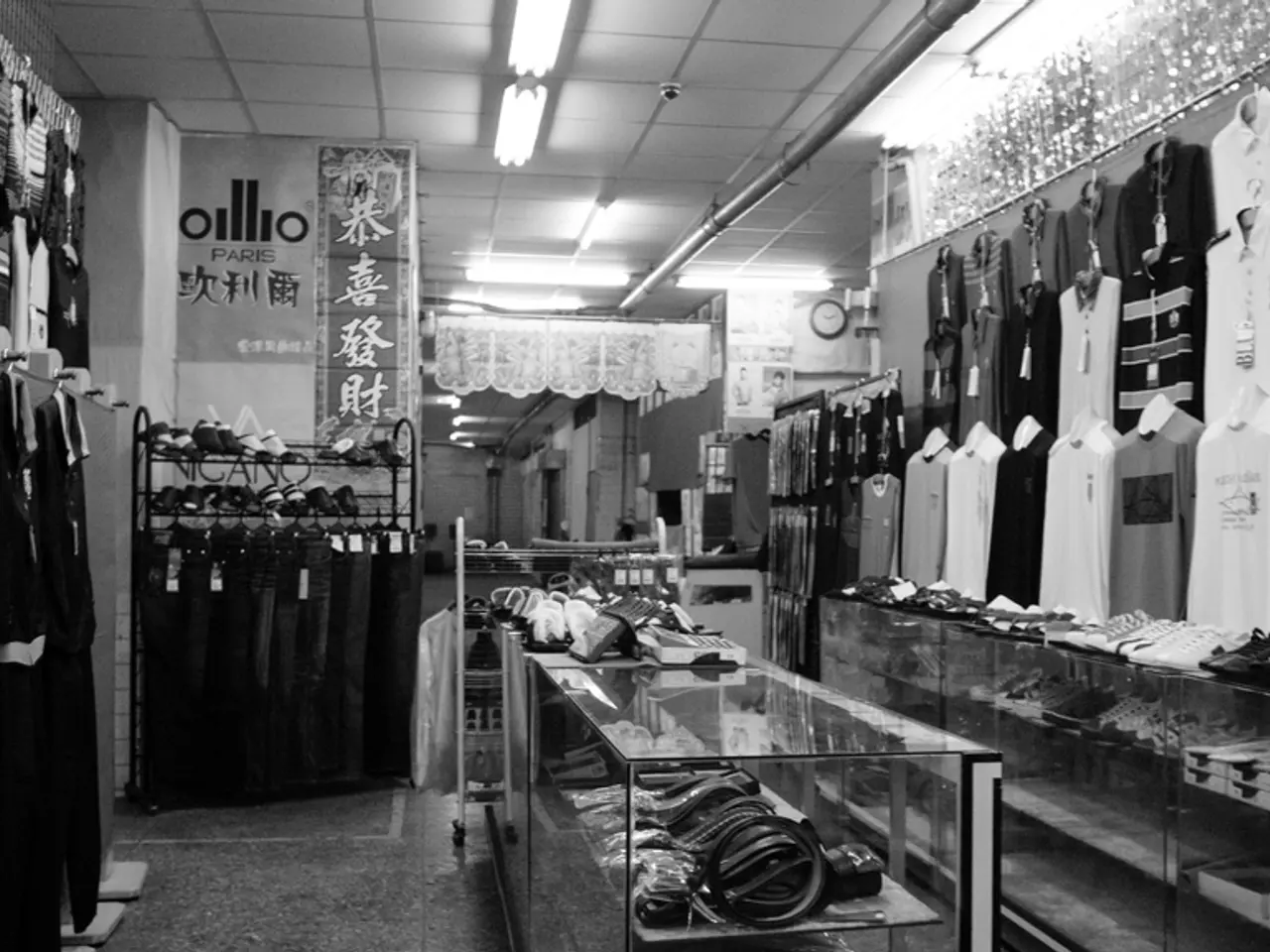Floating Urban Hub Built by Community Members: Schoonschip Project
Welcome to the Futuristic Floaterie of Schoonschip!
Imagine living smack dab in the middle of Amsterdam's waterways, surrounded by a close-knit community that's as eco-friendly as it is vibrant. That's the reality for the denizens of Schoonschip, Europe's pioneering floating neighborhood, nestled in the industrial heart of Buiksloterham.
To the Float of Sustainability
Built upon a vision of harmonious coexistence and eco-conscious living, Schoonschip was born out of a group of progressive dreamers seeking to transform their post-industrial surroundings into a modern-day utopia. With unwavering determination and camaraderie, these visionaries transform their dream into tangible reality.
Schoonschip isn't just a housing complex; it's a living testament to the power of collaboration and sustainable practices in urban living. With 144 inhabitants inhabiting 30 floating dwellings, each arquadilla (as they call their arks) is infused with environmental consciousness.
The sun-soaked landscape bustles with cherished solar panels, efficiently heated homes, and an interconnected grid powered by renewable energy. Schoonschip is a living experiment in sustainable living, where every action — from constructing an energy-efficient home to tending a shared green oasis — champions the environment.
The Pillars of a Green Neighborhood
The secret sauce behind Schoonschip's success is tri-fold:
- Embrace the Circle of Life: The goal is to minimize our carbon footprint by sourcing sustainable materials using circular economy principles. This means reducing waste during construction and maintenance, while ensuring a lifelong commitment to environmental stewardship.
- Go Local or Go Home: Locally sourced materials bring more than aesthetic value — they support regional economies and minimize carbon emissions from transportation. By supporting homegrown industries, Schoonschip fosters a spirit of unity with its surroundings.
- Choose Wisely, Live Righteously: Suppliers must uphold ethical and environmentally responsible practices to earn a place in the Schoonschip supply chain, guaranteeing that every purchase contributes to a better world.
The Burden and the Beauty of Collective Governance
The management of Schoonschip evolved from a simple idea to a complex structure involving 46 diverse households. Initial plans for collective development hit a few snags, leading to a shift toward private commissioning. Although this change brought its own set of complexities, the community's unique character and cooperative ethos were preserved.
Reflection on the journey reveals lessons about the challenges of community development and the importance of striking the right balance between sustainability and affordability. Schoonschip serves as a reminder that while efficiency may speed up the process, it can sometimes compromise the vision. On the other hand, a more structured approach might lead to a smaller community and less individual self-expression.
Today, Schoonschip remains divided into a residents' association focused on internal affairs and a foundation called the Pioneer Vessel, which handles external activities like collaborative projects and public relations.
Lessons Learned and Lessons to Share
Schoonschip's journey carries valuable lessons for other communities seeking to create sustainable havens:
- Balance sustainability with vision: While efficiency can rush a project, it might water down the original concept.
- Complexity is the name of the game: Community development can be intricate, requiring careful coordination among residents, professionals, and local authorities.
- Transition from collective to private development: Though starting as a collective effort, Schoonschip transformed into a private development initiative, leading to complication in decision-making and management.
- Collaboration is key: The resilience and success of Schoonschip hinged on the persistence and camaraderie of the Board members and residents.
- The price of accessibility: Schoonschip initially envisioned providing affordable housing for a broader demographic. However, it faced challenges in creating social housing on shared lots.
- In the name of sustainability: Assessing the sustainability of construction materials proved complex, with each option presenting its pros and cons. Material decisions required careful deliberation and compromise.
- Group purchasing challenges: Collectively purchasing sustainable materials posed difficulties, including the diversity of projects and contractors' supplier preferences.
Beyond the Bricks and Mortar: Digitizing the Dream
Schoonschip's website offers an engaging glimpse into the neighborhood's governance, funding, energy management, and philosophical approach. You'll encounter fascinating narratives of residents and their journey toward a sustainable lifestyle and even explore Schoonschip's Smart Community Platform (SCP), the brain of its smart-grid network.
Schoonschip stands as a testament to the power of communities coming together to create a better future — a future where sustainability and harmony reign supreme. The journey behind this visionary floating neighborhood serves as a guiding light for sustainable urban development, reminding us all of the transformative power that lies in the strength of our bonds.
Article by Jose Rodriguez of the European Cultural Foundation, shared here with gratitude. Originally published on the Creating Actionable Futures (CrAFt) project's website as part of the New European Bauhaus (NEB) initiative from the European Union. An introductory paragraph was added by our website team.
Extra Fun Facts:
- Did you know that a group of floating homes is called a flotilla? True story!
- Schoonschip is unique not just for its eco-friendliness but also for its circular design, which integrates water and waste management systems as integral parts of the neighborhood. Say goodbye to the linear "take—make—waste" model!
- Since Schoonschip's conception, over 5,000,000 liters of water have been recycled using the black water conversion system. That's a lot of water (and nutrients) saved!
- Despite the complexities of the project, many of the residents have adapted to their floating lifestyle, with some even taking up activities like sailing or rowing as hobbies. Talk about embracing the culture!
- Schoonschip, the floating neighborhood in Amsterdam, is an pioneer in sustainable urban living, powered by renewable energy and rooted in environmental science.
- The community-driven project exemplifies the circular economy, sourcing sustainable materials and endeavoring to minimize waste for environmental stewardship.
- Local industries are supported through the use of locally sourced materials, further promoting a sustainable lifestyle and industry collaboration.
- The successful operation of Schoonschip hinges on finance, ethical and environmentally responsible practices in suppliers, and cooperative governance within the floating neighborhood.
- As you navigate the sun-soaked streets of Schoonschip, you'll find solar panels, energy-efficient homes, and shared gardens, all contributing to a lifestyle of sustainable living within the home-and-garden sector.
